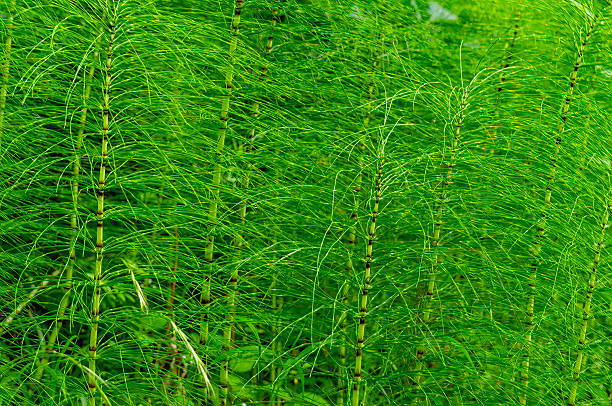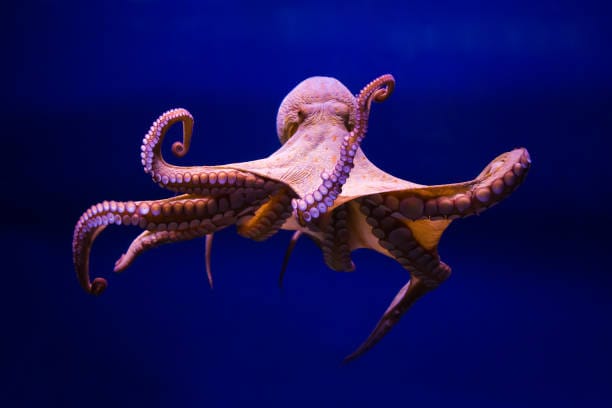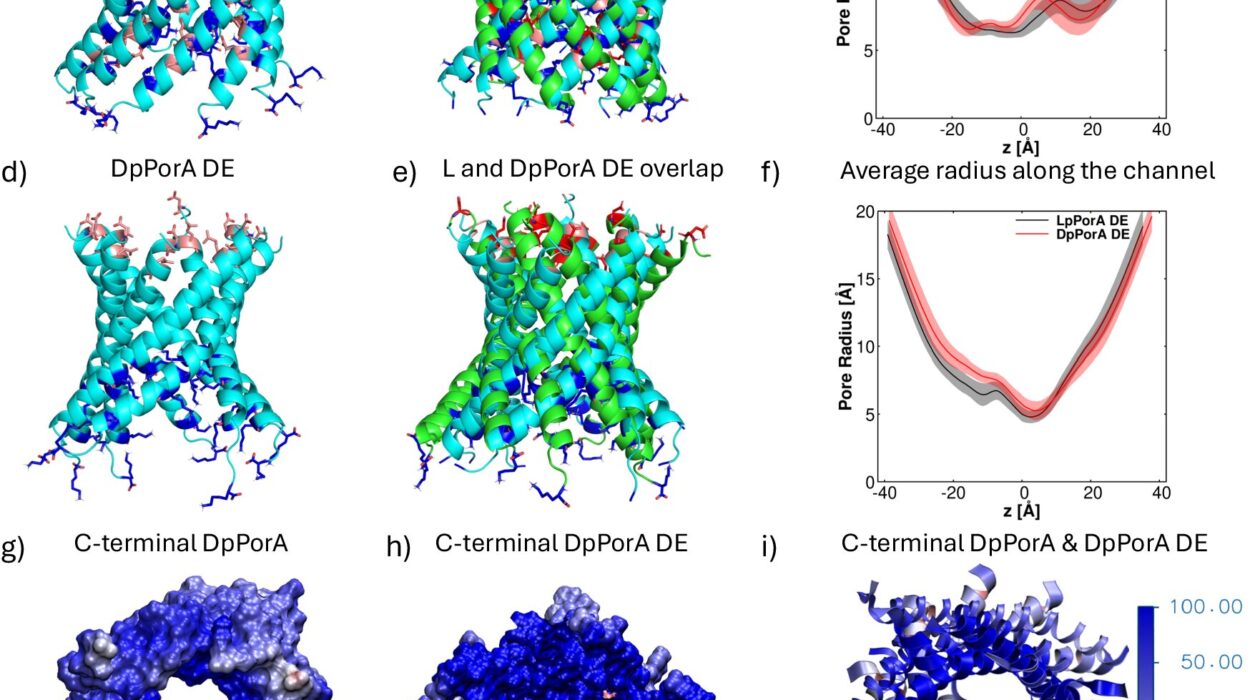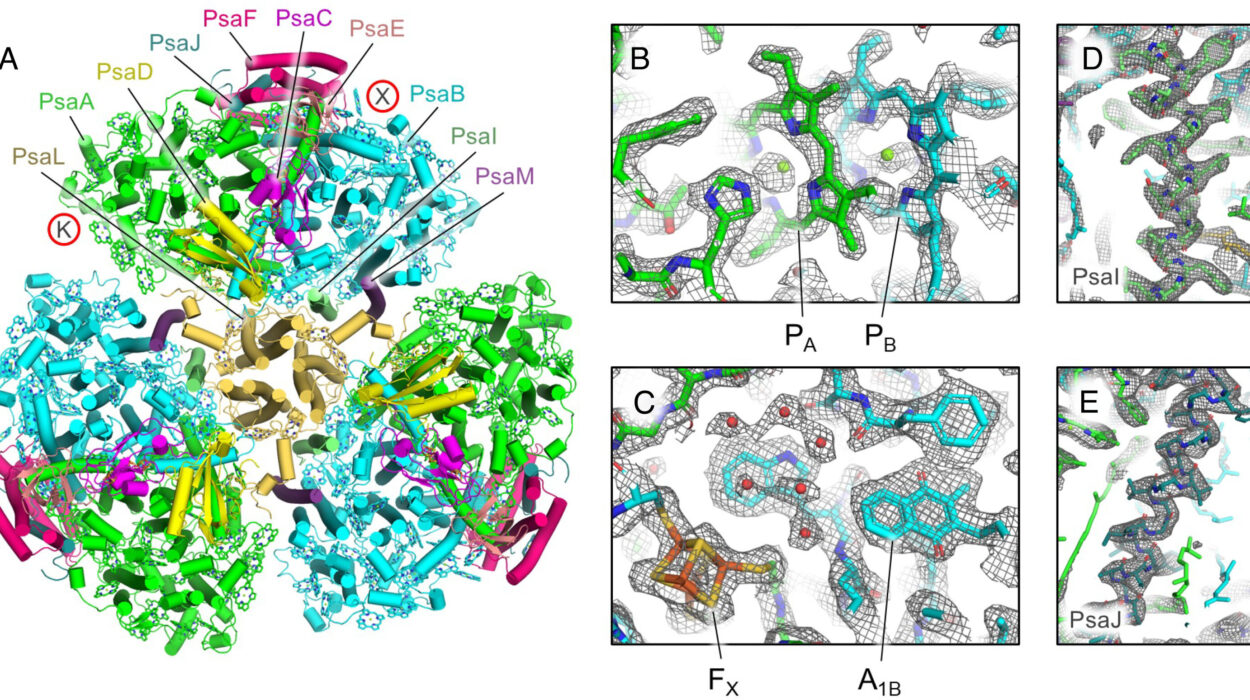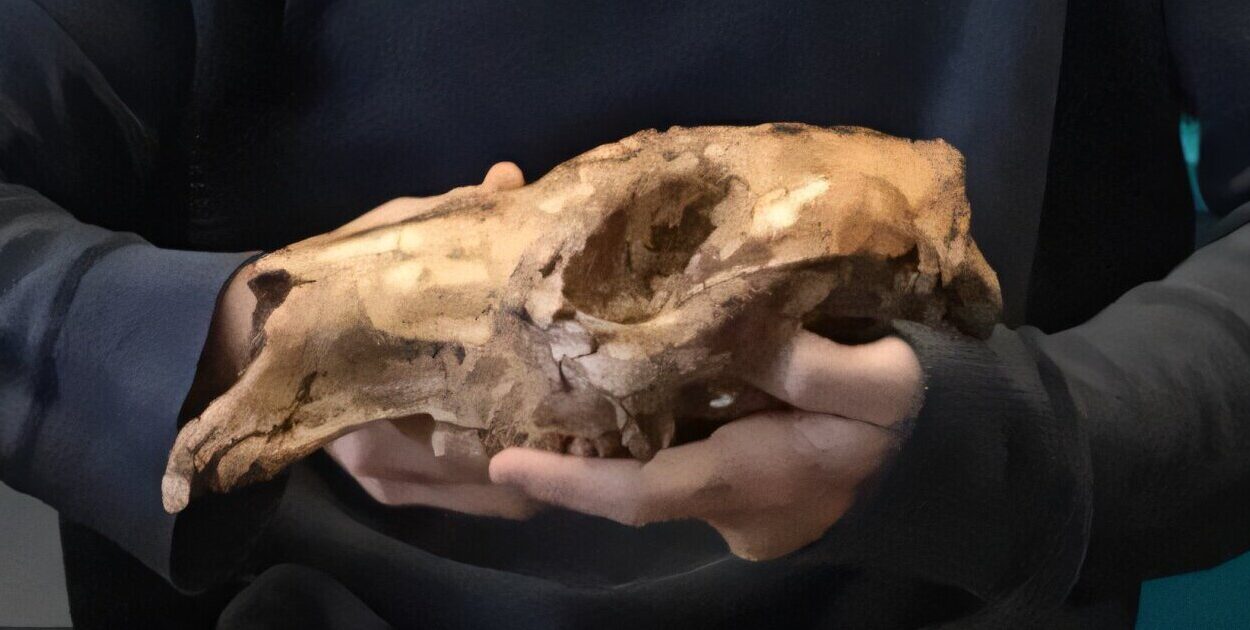Long before the thunderous steps of the Tyrannosaurus rex echoed across primeval floodplains, before the first flower dared to bloom, before mammals even dreamed of waking from the forest floor, the Earth belonged to plants. And not just any plants—but green, fractal, prehistoric wonders: the ferns.
Among them was a particular lineage, now called Equisetum, commonly known as the horsetail. Today, it seems modest: a reedlike stalk with segmented stems, sometimes dismissed as a weed, often unnoticed beside creeks and marshes. But it is a living monument to deep time, a botanical time traveler, the lone survivor of a plant dynasty that once towered over Earth.
The horsetail has been growing for more than 350 million years. It saw the rise of continents, the shifting of supercontinents, the explosion of vertebrate life, and the fall of giants. It colonized land when Earth was an alien planet, unrecognizable to modern eyes. And if the trajectory of climate change, mass extinction, and ecological collapse continues, this humble plant may outlast even us.
Carboniferous Kingdoms
To understand the epic journey of the horsetail, we must journey back to the late Paleozoic era, to the Carboniferous period—roughly 359 to 299 million years ago. At that time, Earth was a swampy, steaming world, a greenhouse planet rich in atmospheric oxygen. In this alien realm, vast forests stretched across equatorial lands, their trunks not barked but scaled, their leaves giant and finely divided.
There were no flowering plants, no grasses, and certainly no humans. Instead, the landscape was dominated by seedless vascular plants—giant club mosses like Lepidodendron, towering up to 30 meters high, and colossal horsetails in the genus Calamites, which reached the height of modern trees.
These ancient horsetails were ancestors of today’s Equisetum, yet vastly more massive. With trunks as thick as a man’s waist and segmented, ribbed branches, they grew in groves along riverbanks and lake margins. Their cells were packed with silica, giving them strength and resistance to herbivory. They reproduced through spores, not seeds, and used underground rhizomes to spread and regenerate.
These forests performed a miracle. They sucked carbon dioxide from the atmosphere and buried it underground, forming the coal beds we mine today. In doing so, they reshaped Earth’s atmosphere, helped cool the planet, and allowed animal life—especially oxygen-hungry insects and amphibians—to flourish.
And in the shadows of those fern-like forests, evolutionary fate was being quietly forged. The ancestors of reptiles, mammals, and birds were stirring. So too were the fates of plants.
Extinction and the Survival of the Small
Then, around 252 million years ago, disaster struck. A cataclysmic event—the end-Permian mass extinction, also known as “The Great Dying”—wiped out an estimated 90% of marine species and 70% of terrestrial species. Giant horsetails, along with many of their arboreal kin, vanished.
But Equisetum, or something very like it, survived.
It was not the towering titans that persisted, but the low, reedlike forms. Their advantage lay in modesty. While many species perished in the chaos—likely caused by massive volcanic eruptions, ocean anoxia, and runaway climate feedbacks—Equisetum endured in muddy banks, reproducing quietly by spores, spreading through resilient rhizomes. Smallness was their salvation.
As Earth’s ecosystems recovered, Equisetum marched forward in time. Through the Mesozoic era, the Age of Dinosaurs, these plants became a staple of herbivorous diets. Fossilized dinosaur dung sometimes contains traces of silica from horsetails, a testament to their resilience and nutritional value. Their jointed stems likely scraped the tongues of duck-billed hadrosaurs and the gullets of long-necked sauropods.
Through it all, horsetails remained almost unchanged. Evolution sculpted most organisms over time, but Equisetum retained the structure of its ancient ancestors. Charles Darwin once called living fossils like it “the wrecks of ancient life preserved for us.”
And indeed, they are.
The Plant That Refused to Change
In modern biology, change is the rule. Species come and go, driven by competition, climate, and chance. But Equisetum has clung to its archaic blueprint with a kind of evolutionary stubbornness. It is the only surviving genus in the entire class Equisetopsida—a lineage once numbering hundreds of species. Today, only about 15 remain.
The structure of a horsetail is immediately distinctive. It looks mechanical, almost alien. Hollow, jointed stems rise vertically, each node surrounded by a collar of scale-like leaves. The plant’s texture is rough, gritty with silica—a natural defense against predators. Its underground rhizomes send up new shoots, making it difficult to eradicate. Even burning or cutting often fails to kill it.
Reproduction is primitive. Like mosses and ferns, Equisetum reproduces via spores, not seeds or flowers. It has no pollen, no bees to woo, no petals to unfurl. Instead, it releases microscopic spores into the wind, hoping they will land in moist soil and germinate into tiny gametophytes—sexual organisms in their own right, which then produce egg and sperm cells.
This two-phase life cycle—alternating between sporophyte and gametophyte—is a window into Earth’s botanical past. Flowering plants (angiosperms), which now dominate most ecosystems, evolved much later. Equisetum, by contrast, remains a biological time capsule.
Horsetail and Humanity: A Complicated Relationship
Though often overlooked, horsetails have had a surprising relationship with humans. Ancient cultures recognized their usefulness. Greek physicians used them to treat wounds and kidney problems. Native American tribes boiled them for medicinal teas, used their high silica content to polish tools and utensils, and employed them as natural abrasives.
But in modern agriculture, Equisetum is frequently seen as a menace. It thrives in moist, compacted soils—often the result of poor drainage—and resists most herbicides. Farmers curse its persistence in pastures and crops. Gardeners wage war against its creeping rhizomes. Its durability, once its salvation, has become its infamy.
Yet there is something admirable, even awe-inspiring, in its tenacity. Here is a plant that has weathered five mass extinctions, adapted to ice ages and warming spells, survived continents ripping apart and crashing together—and still, it thrives beside highways and under garden fences.
It has endured far longer than the mammoth, the saber-toothed cat, or even the mighty oak. It may well outlive Homo sapiens.
Adapted for a Future We’re Creating
In a world increasingly shaped by human error, Equisetum is uniquely poised for the Anthropocene. It thrives in disturbed soils, tolerates flooding and poor drainage, and is indifferent to chemical herbicides. It colonizes quickly, repairs damage, and grows without assistance.
While we engineer crops dependent on fertilizers and pesticides, Equisetum asks for little. It uses silicon—abundant in soil and sand—as structural support, reducing the need for lignin and making it one of the few land plants to adopt a kind of glass armor. Scientists are studying this silica armor for inspiration in biomimicry and materials science.
Some researchers even explore its potential as a phytoremediator—a plant that can clean polluted soils. Like other hyperaccumulators, it can draw heavy metals from the ground, offering a glimpse into ecological restoration strategies.
In an era when climate instability threatens biodiversity, the qualities that once made horsetail a survivor may become an evolutionary jackpot. Its ability to thrive in compromised environments could make it one of the plants that rides out the Anthropocene extinction.
A Legacy Etched in Stone and Soil
The fossil record is rich with Equisetum’s ancestors. Petrified trunks of ancient horsetails lie in coal seams and shale beds, their segmented forms frozen in deep time. These fossils speak not just to the endurance of a single genus, but to a once-mighty lineage that ruled the Earth.
They are reminders that nature’s kings are not always those that roar loudest or bloom brightest. Sometimes, the rulers are those who persist quietly, who adapt, endure, and wait.
Perhaps that is the ultimate lesson of Equisetum. Its survival is not a tale of dominance, but of resilience. While other species evolved complex flowers, sophisticated pollination strategies, or towering canopies, horsetail chose another path—simplicity, adaptability, and patience.
Its journey is not just biological. It is philosophical.
Will It Outlive Us?
This is not a rhetorical question. It is one rooted in sobering reality.
Humans have existed for perhaps 300,000 years. Civilization, in its current form, is barely 10,000 years old. And in that blink of evolutionary time, we have reshaped the planet at breakneck speed. We burn the fossil remains of Carboniferous forests. We warm the planet faster than species can adapt. We acidify oceans and fragment habitats. Scientists warn we are entering the sixth mass extinction.
And yet, in the margins of fields, along the banks of streams, and even in the cracks of urban sidewalks, Equisetum grows. Quietly. Stubbornly. Unimpressed by skyscrapers or satellites.
Will it outlive us? If current trends continue—if we fail to mitigate climate change, if biodiversity collapse accelerates—it seems likely. When the monuments of our civilization crumble, when steel rusts and glass shatters, when our digital memories flicker into static, horsetail may still be sending up its green shoots, nodding in the wind as it always has.
It will not mourn us. It will not write history books. But it will remain. And that, in its own way, is profound.
Echoes from Deep Time
In Equisetum, we find not just a relic of prehistory, but a messenger from a time before us. A plant that remembers the steamy swamps of the Carboniferous, the hiss of the first insects, the footsteps of sauropods, the snows of the Pleistocene.
Its story is not one of glory, but of endurance.
And in its continued survival, we see both warning and wisdom: that adaptability often trumps dominance, that simplicity can be power, and that resilience may be the ultimate intelligence.
The horsetail is not flashy. It does not flower. It will not win any beauty contests.
But it may be the last green thing standing when the lights of civilization go out.
And perhaps, as we walk past it on the forest path or beside the roadside ditch, we should stop, kneel, and listen—not just to the rustle of its reed-like stalks in the wind, but to the echo of 350 million years.
Because in that whisper is a story more ancient than empires.
And it’s still being written.
